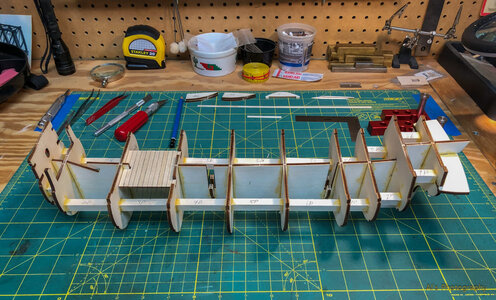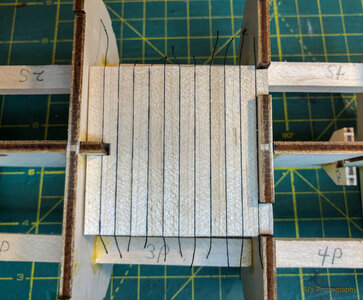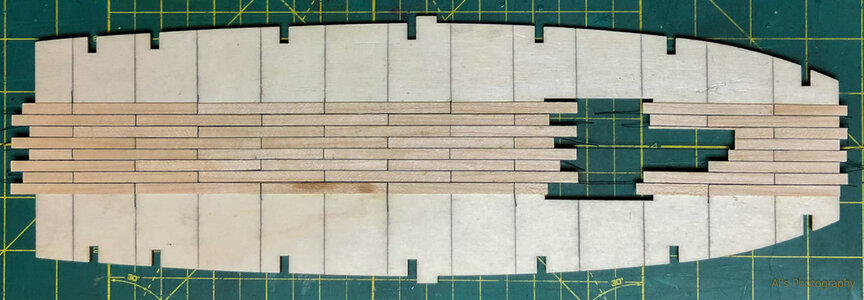Hi everyone. I started my first ship, La Candelaria, & all feedback is welcomed.
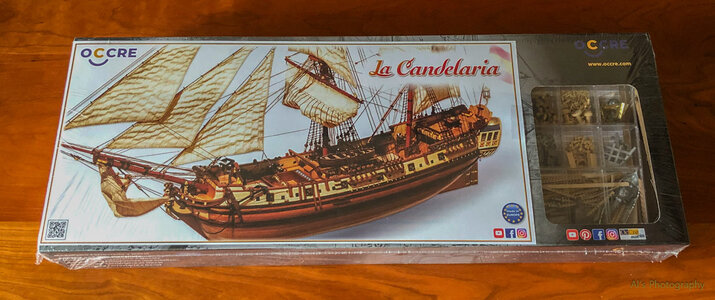
Dry fitting bulkheads to false keel & machinist square.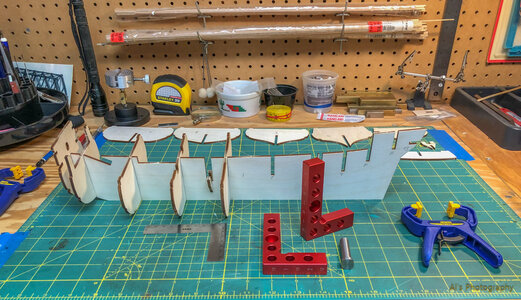
Squares locked in place against bulkhead. The bulkheads are a loose fit & by pushing the squares tightly up against them automatically aligns the bulkheads vertically & perpendicular to the keel.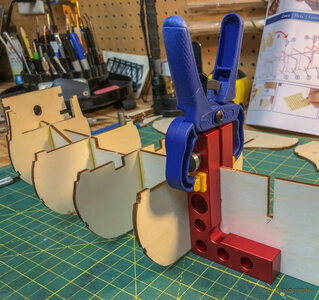
Bulkhead supports dry fitted into place. The gray block is used to square up the supports. Once this phase is complete I'll start on the deck. To be continued........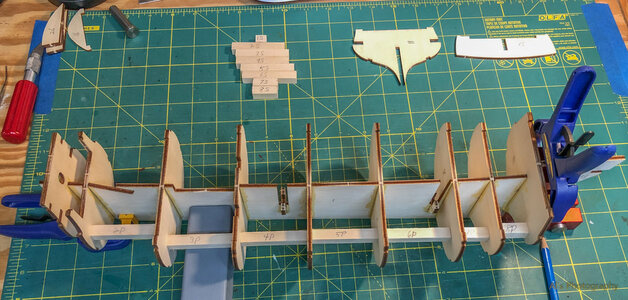

Dry fitting bulkheads to false keel & machinist square.

Squares locked in place against bulkhead. The bulkheads are a loose fit & by pushing the squares tightly up against them automatically aligns the bulkheads vertically & perpendicular to the keel.

Bulkhead supports dry fitted into place. The gray block is used to square up the supports. Once this phase is complete I'll start on the deck. To be continued........

Last edited:



